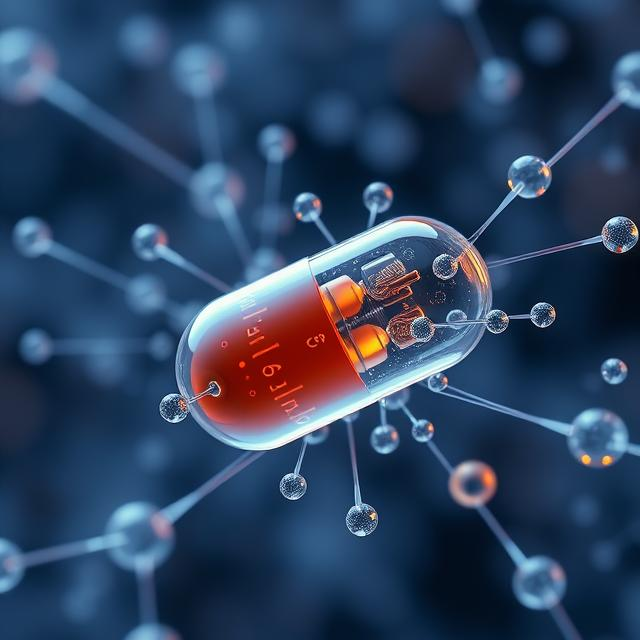Nanobots, or nanorobots, are tiny machines measured in nanometers (one billionth of a meter). These small robots show great promise in medicine and could transform our approach to healthcare. Through advanced tech, nanobots can move through the human body to diagnose diseases, deliver treatments, and even fix cells.
What Are Nanobots and How Do They Work in Medicine?
Nanobots are microscopic devices that doctors can use inside the body to target specific issues. Nanotechnology powers these robots, which means engineers build them on a very small scale. This allows nanobots to interact with the body at the molecular level. These robots can:
- Spot diseases by finding cell changes.
- Give medicine right to the problem area keeping healthy parts safe.
- Check body functions like blood pressure, sugar levels, and more.
How Tiny Robots Can Change Healthcare
1. Fighting Cancer
One of the most promising uses of tiny robots in medicine is cancer treatment. These robots can bring cancer-fighting drugs straight to the cancer cells leaving healthy cells alone. This focused approach helps make treatments work better and cuts down on side effects, like feeling sick or losing hair, that often come with regular chemo.
2. Getting Rid of Blood Clots
Nanobots can move through blood vessels and target blood clots, which helps to prevent heart attacks and strokes. These microscopic robots can break down clots allowing blood to flow again.
3. Early Disease Detection
Nanobots can spot early signs of diseases like cancer, diabetes, or infections by detecting small changes in the body’s cells or chemicals. Spotting these signs can lead to quicker and more effective treatments.
4. Gene Therapy
Nanobots have an application in delivering genes to cells in the body, which might cure genetic disorders. By fixing or replacing faulty genes, nanobots could change how we treat inherited conditions like cystic fibrosis or sickle cell anemia.
5. Healing Wounds Faster
When injuries occur, nanobots can accelerate healing by fighting infections and encouraging new cell growth. Doctors could use them to treat external wounds and internal injuries.
The Future Potential of Nanobots in Medicine
Though still in early development stages, nanobots have boundless potential. Some exciting future possibilities include:
- Non-invasive surgeries: Nanobots could perform surgeries without cuts or stitches offering safer quicker recovery.
- Regenerative medicine: Nanobots might help fix damaged tissues or even grow back organs leading to new breakthroughs in organ transplants.
- Brain health: Doctors could use them to treat brain conditions like Alzheimer’s or Parkinson’s by sending medicine straight to the brain.
Why Nanobots Are Important for Medicine
Nanobots can zero in on specific body parts, which makes treatments work better and less invasive. They give us hope to tackle tough conditions like cancer and genetic diseases. As this tech grows, it could change how we think about health and wellness.
